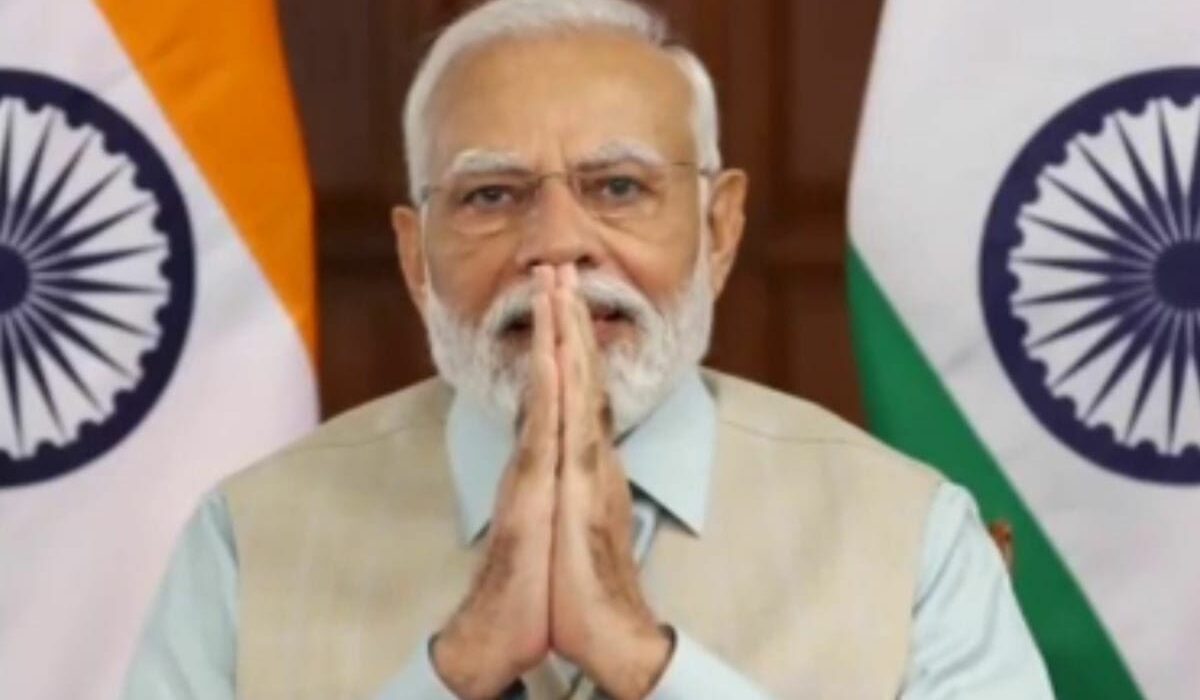As India’s political landscape evolves, the ambition of parties often sets the tone for electoral discourse. With the Bharatiya Janata Party (BJP) holding significant sway in recent years, the question of whether they can achieve a milestone like winning 400 seats in the Lok Sabha arises. Let’s delve into the factors that could shape such an outcome.
Firstly, the BJP’s track record since its historic win in 2014 underlines its ability to secure a strong mandate. Leveraging a combination of astute leadership, effective communication, and a robust organizational structure, the party has expanded its footprint across various states. Additionally, its proactive approach towards addressing national security concerns and economic development resonates with a significant portion of the electorate.
Furthermore, alliances play a crucial role in Indian politics. The BJP’s adeptness at forging strategic partnerships with regional parties, as seen in the National Democratic Alliance (NDA), strengthens its electoral prospects. By leveraging these alliances, the party can broaden its support base and consolidate its position in states where it traditionally faces stiff competition.
However, achieving the coveted 400-seat mark requires navigating several challenges. India’s diverse socio-political landscape demands nuanced approaches tailored to different regions and demographics. The BJP must maintain a delicate balance between its core ideological agenda and the aspirations of various segments of society. This entails addressing concerns related to agrarian distress, unemployment, and social justice while staying true to its core principles.
Moreover, the rise of regional parties poses a formidable challenge to the BJP’s quest for a landslide victory. These parties, often deeply entrenched in their respective states, command significant local influence and have the potential to sway electoral outcomes. The BJP’s ability to adapt its campaign strategies and accommodate regional aspirations will be crucial in overcoming this hurdle.
Additionally, the dynamics of coalition politics necessitate consensus-building and compromise, which may sometimes impede the BJP’s pursuit of a single-party majority. While the NDA provides a formidable platform, managing divergent interests within the alliance requires deft negotiation and diplomacy.
In conclusion, while the BJP’s dominance in Indian politics is undeniable, achieving a staggering 400-seat majority in the Lok Sabha remains an ambitious goal. It requires a multi-faceted approach encompassing effective governance, strategic alliances, and adept maneuvering in a complex political landscape. As the party continues to evolve and adapt, the prospect of such an electoral feat cannot be entirely dismissed. However, it hinges on a combination of factors, including voter sentiment, coalition dynamics, and the party’s ability to address evolving challenges. Only time will tell whether the BJP can turn this dream into reality.

